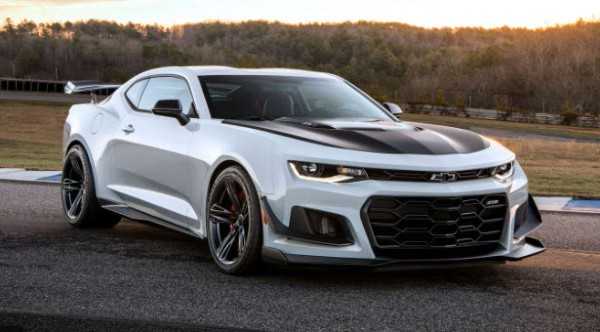No one likes additional charges, especially when you`re paying for something as expensive as a car. If you`re fortunate enough, your dealer could bear the costs of a pre-delivery inspection. Otherwise, that`s an extra cost to consider. Regardless of the slight inconvenience, paying for a car inspection will save you money in the long run. Before authorizing delivery, compile an inspection checklist and look through all systems. Although many dealers inspect new vehicles before putting them up for sale, the timing matters. Most times, these shops hardly carry out additional checks before the sale. If the car sits too long in the showroom, you could miss some tiny details at the time of purchase.

Buying a new car is exciting, no doubt. Take someone, preferably a mechanic, for their expert opinion during the inspection. Check out these new car inspection tips to guide your next purchase.
Documentation
If you`re buying a pre-used car, request the car history documents. Before signing up to shell thousands of dollars for your vehicle, find out if there`s previous damage from accidents. Most car dealers have this report ready. Otherwise, download your copy online. However, you`ll need the Vehicle Identification Number to access this information.
You also need the Bill of Sale document, which contains details like the car model, date of sale, and purchase price. For older cars, you should also request the Car Title record. The document might require a transfer process with the provincial office. The Car Title acknowledges that you owned the car through legal means.
Lights
Damaged car lights put you and other drivers at risk, especially during poor weather. Different lights help you carry out various functions in traffic. For example, the headlights enable you to see the road while driving at night. Even if you`re excited to get your new car on the road, make sure you can see the other drivers in traffic.
The taillights work together with the headlights to help other drivers see how close you are to their vehicle. Inspect the brake light and turn lights as well. Beyond the exterior, interior lights also enable you to navigate and track car functions. For example, you`d be glad to know when your car needs fuel from the dashboard signal. Ensure the driving lamps and other dashboard lights also function efficiently.
Aligned Wheels
Suspension systems bear the most pressure since they connect the essential vehicle parts to the wheels. From the point of loading to transport, your new cars can lose balance even before you hit the road. Unfortunately, many dealers hardly conduct wheel alignment checks without customer complaints. This isn`t entirely their fault. Some factory processes require vehicle delivery before wheel alignment tests.
If that`s the case, book an appointment with your mechanic to inspect the suspension systems. Otherwise, your shocks might go out when you run into a few potholes.
Over Inflated Tires
Car tires lose pressure after sitting for a while. Instead, most car manufacturers recommend inflating new tires while in storage. Sometimes, the inflation exceeds the recommended tire pressure levels. Over-inflated tires often develop flat spots from sitting for too long.
Thankfully, you can return the tires to the correct pressure after delivery. However, many buyers miss this spot and wear out their new tires right after purchase. Instead, ensure your tires stand the test of time by inspecting them before delivery.
Under-The-Hood
Even if you`re buying your car brand new, there are chances you`ll find signs of corrosion under the hood. Many cars spend a lot of time from the factory to the dealership, to the point of purchase. For used vehicles, check for signs of wear and tear on the belts. If you find worn belts, factor this into your negotiation.
Check the oil levels to ensure proper engine lubrication. If the oil comes out dark and muddy, consider requesting an engine service. Inspect other parts like the brake fluid, transmission fluid, battery, and antifreeze.
Windshield Wipers
Beyond the squeaking noise they make, windshield wipers can save your life when driving in the rain. However, windshield wipers suffer the most damage from lot-rot. Lot-rot happens when new cars deteriorate from sitting in the dealership garage for extended periods. Elements like dust, rain, and heat take a toll on car parts like tires and windshield wipers.
However, the heat does the most damage. Windshield wipers that sit against hot glass lose their wiping abilities before the warranty period. Check them under wet and dry conditions before picking up your vehicle.
Paint Job
Lot-rot also damages the car`s paint job. Exposure to rain can cause rusting on the bodywork. With used vehicles, rusting points to a red flag. Inspect under the hood and carriage for further signs of corrosion if this happens.
Comparing the panels for uniformity can reveal if the car has been in an accident. Look out for tiny interior details like door pads and upholstery. Carpet stains show signs of water seepage.

